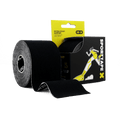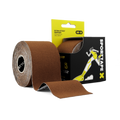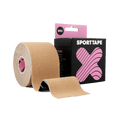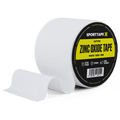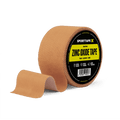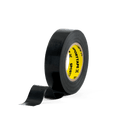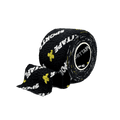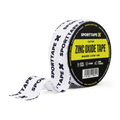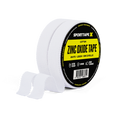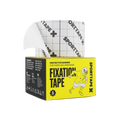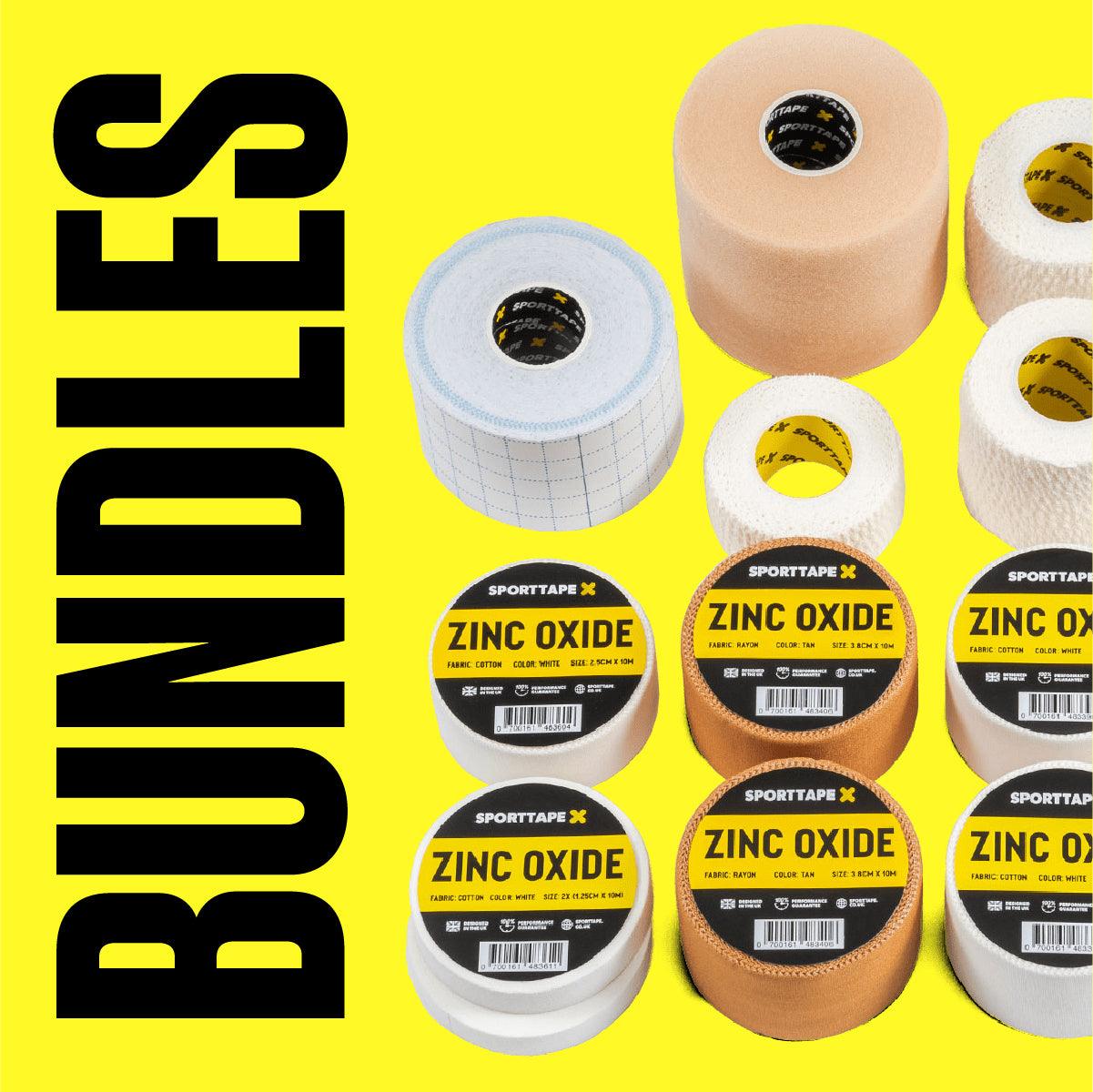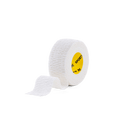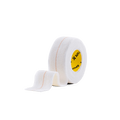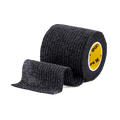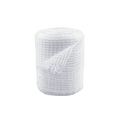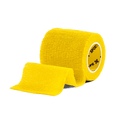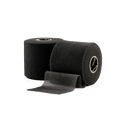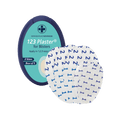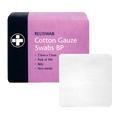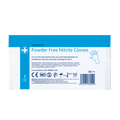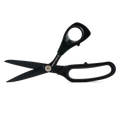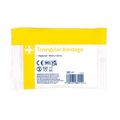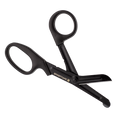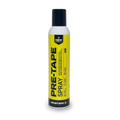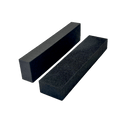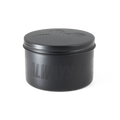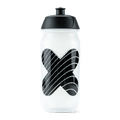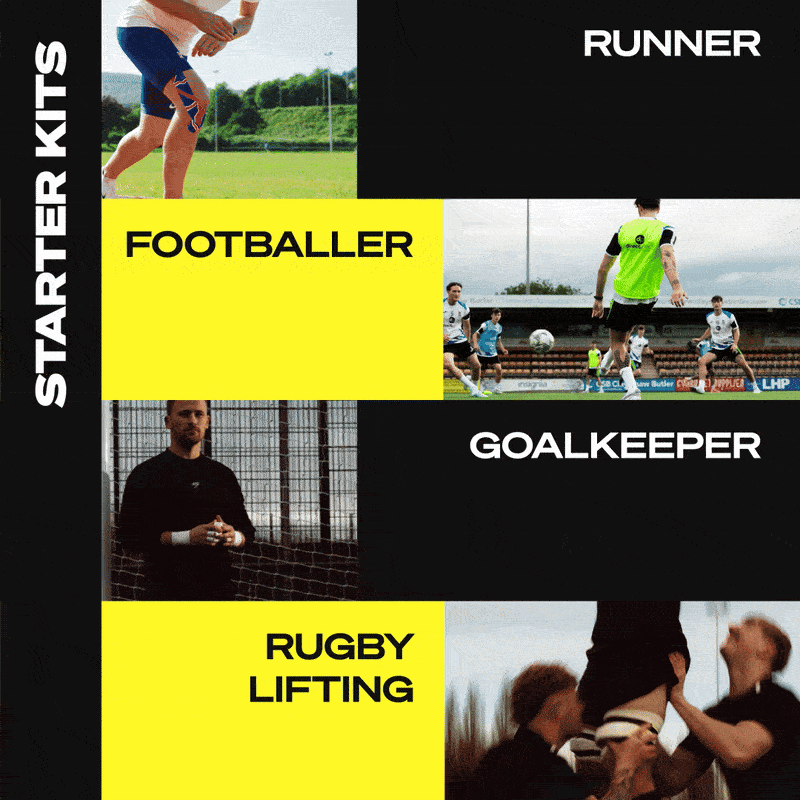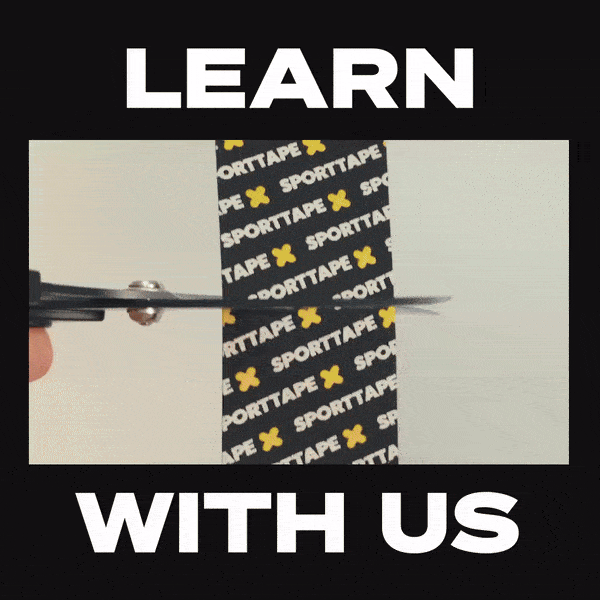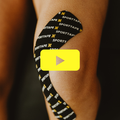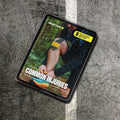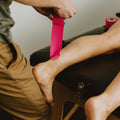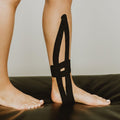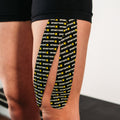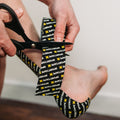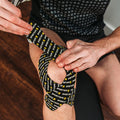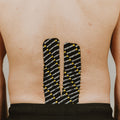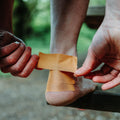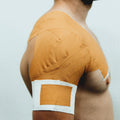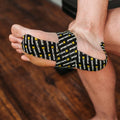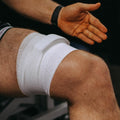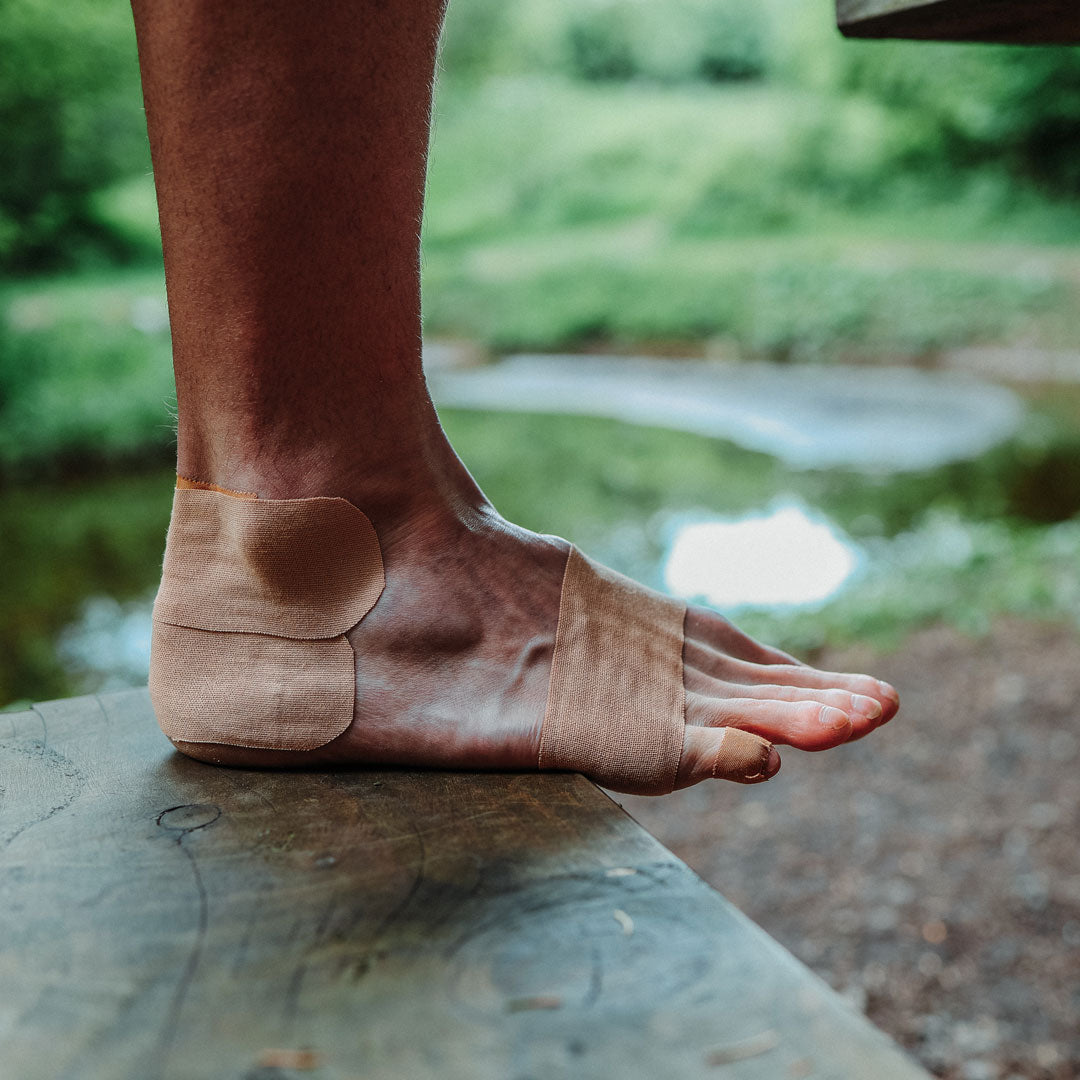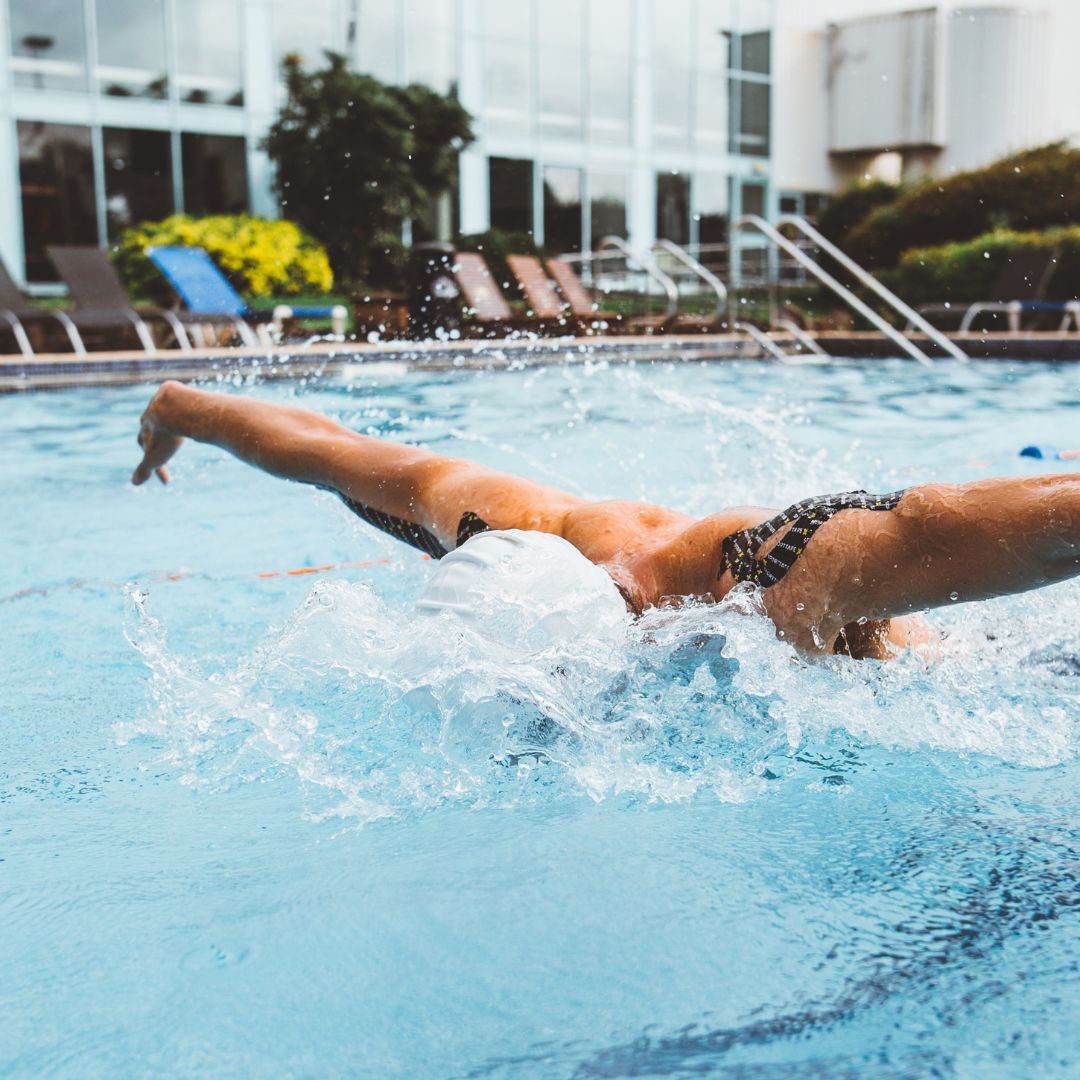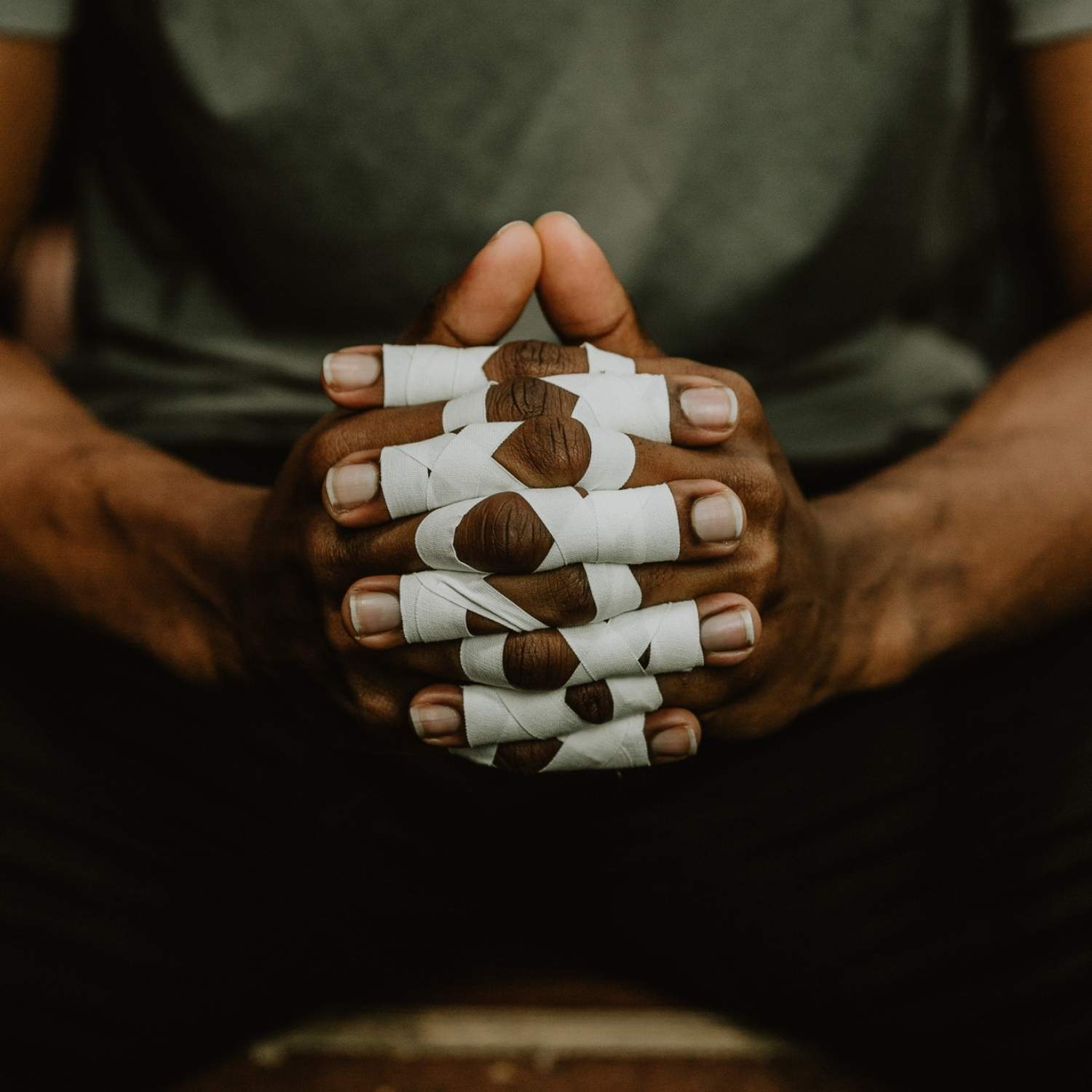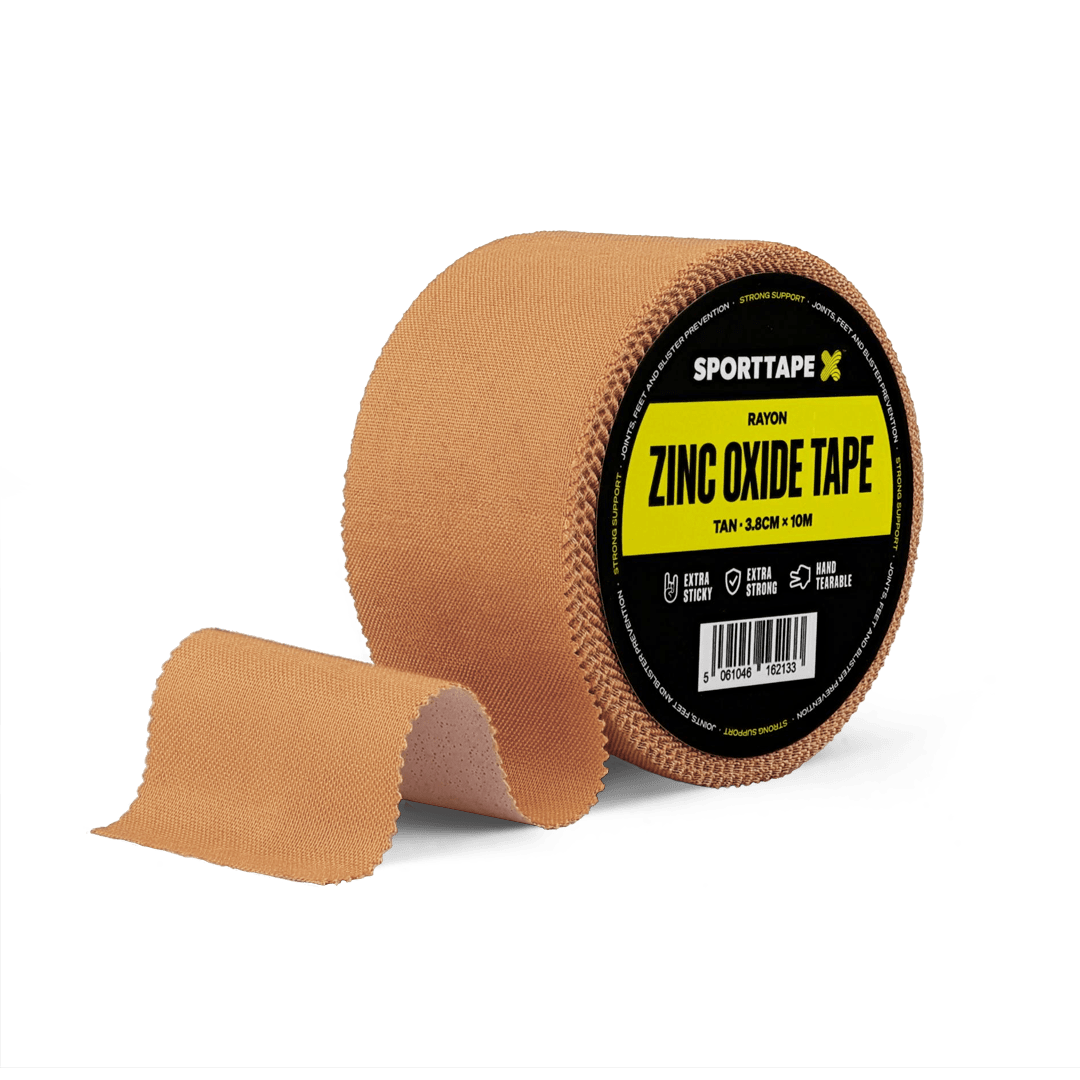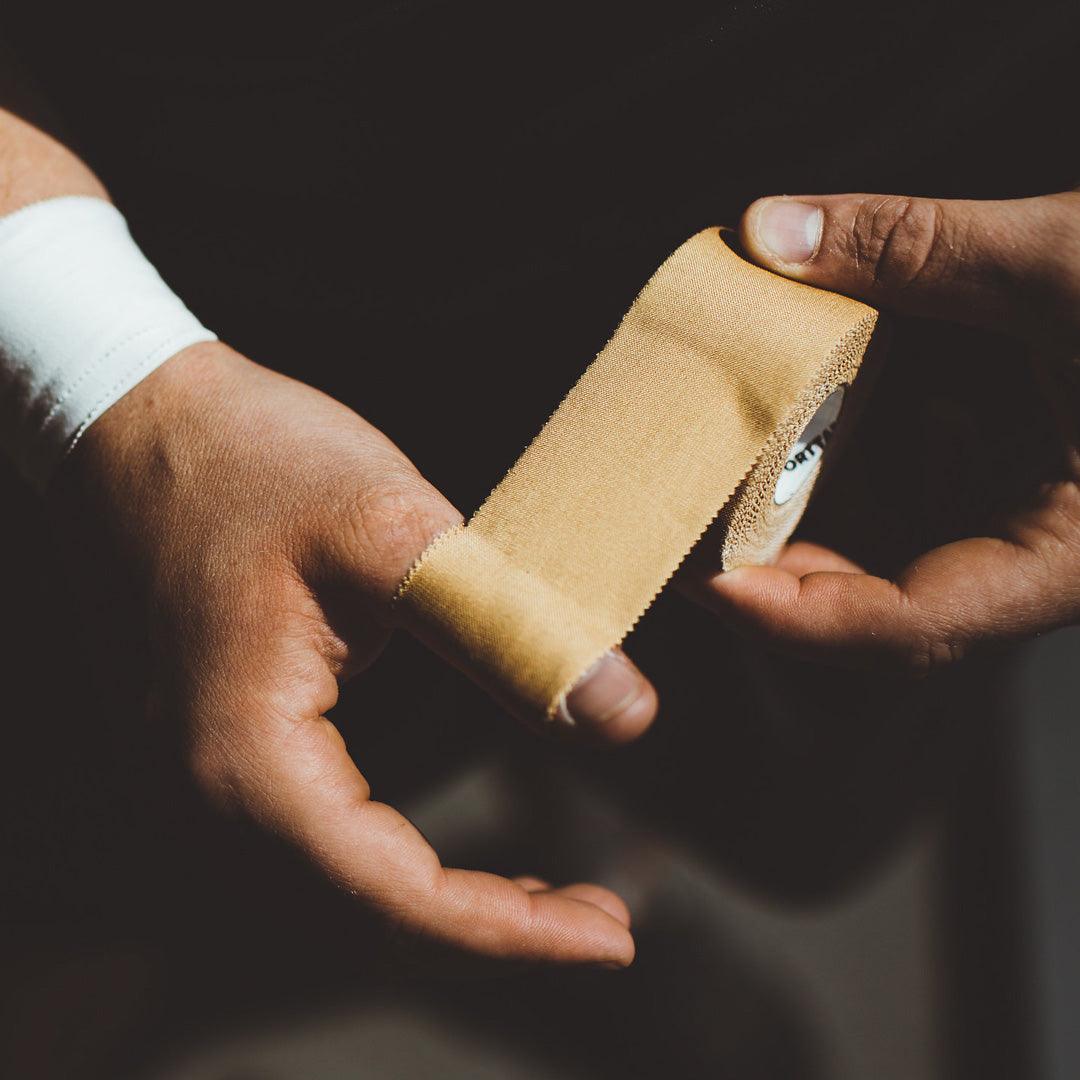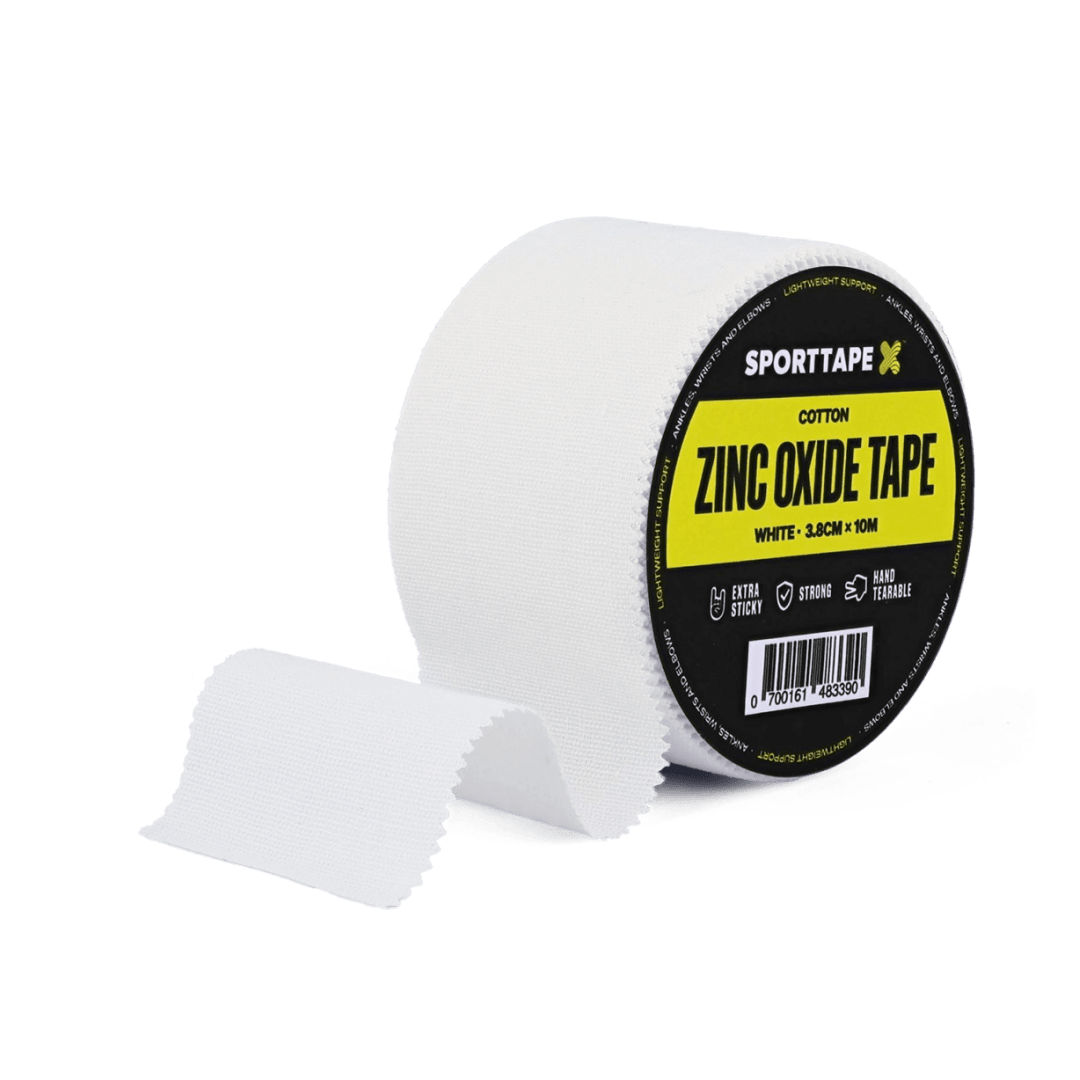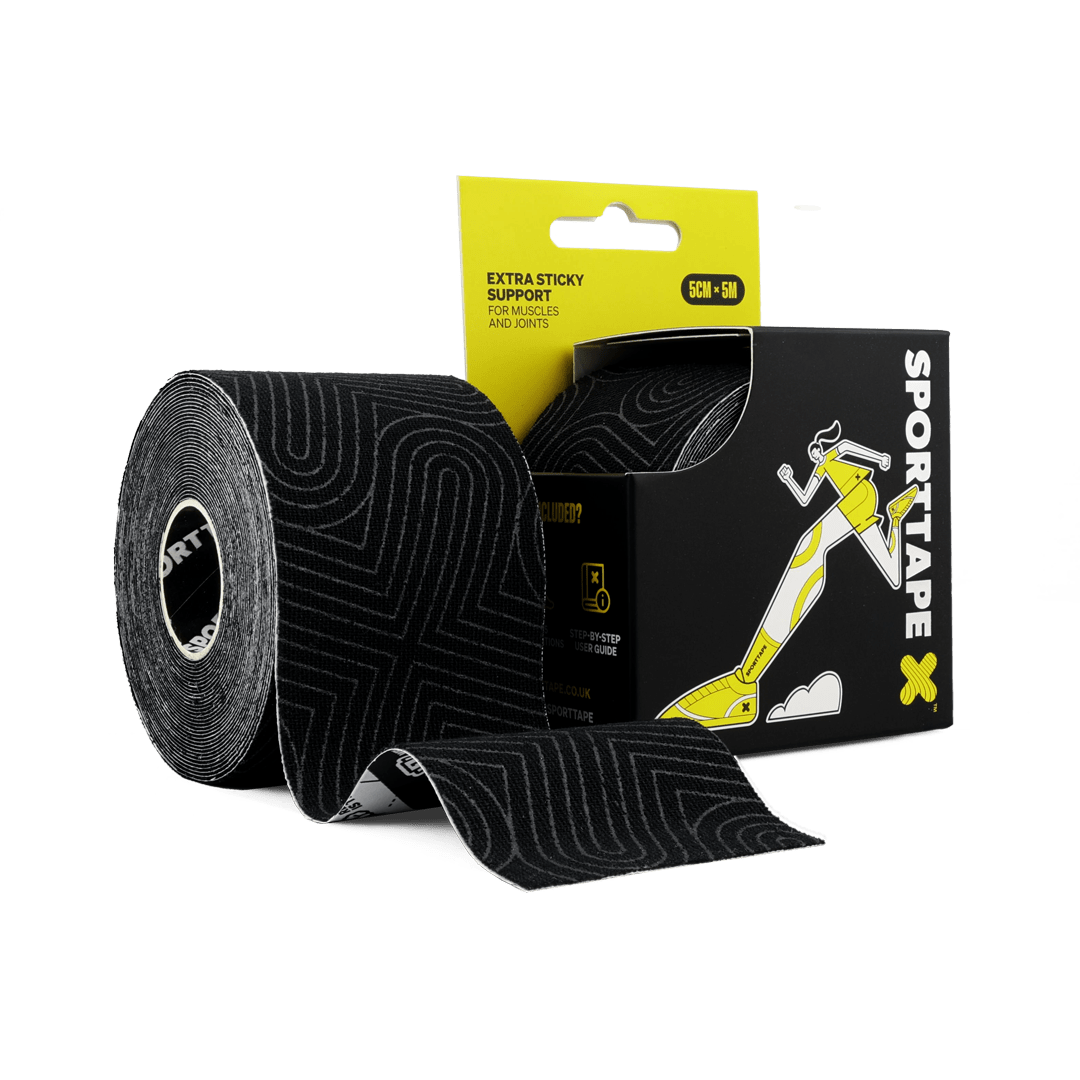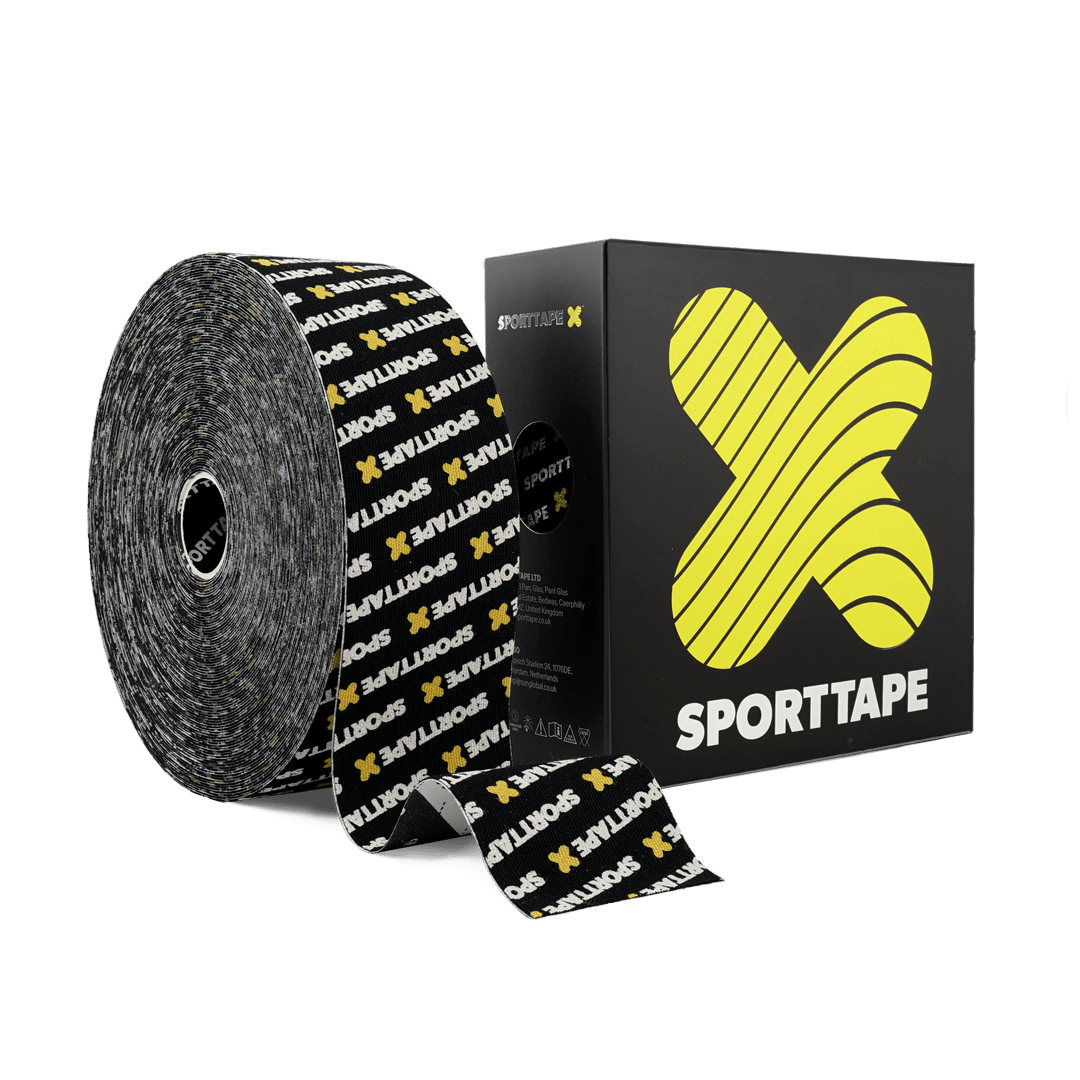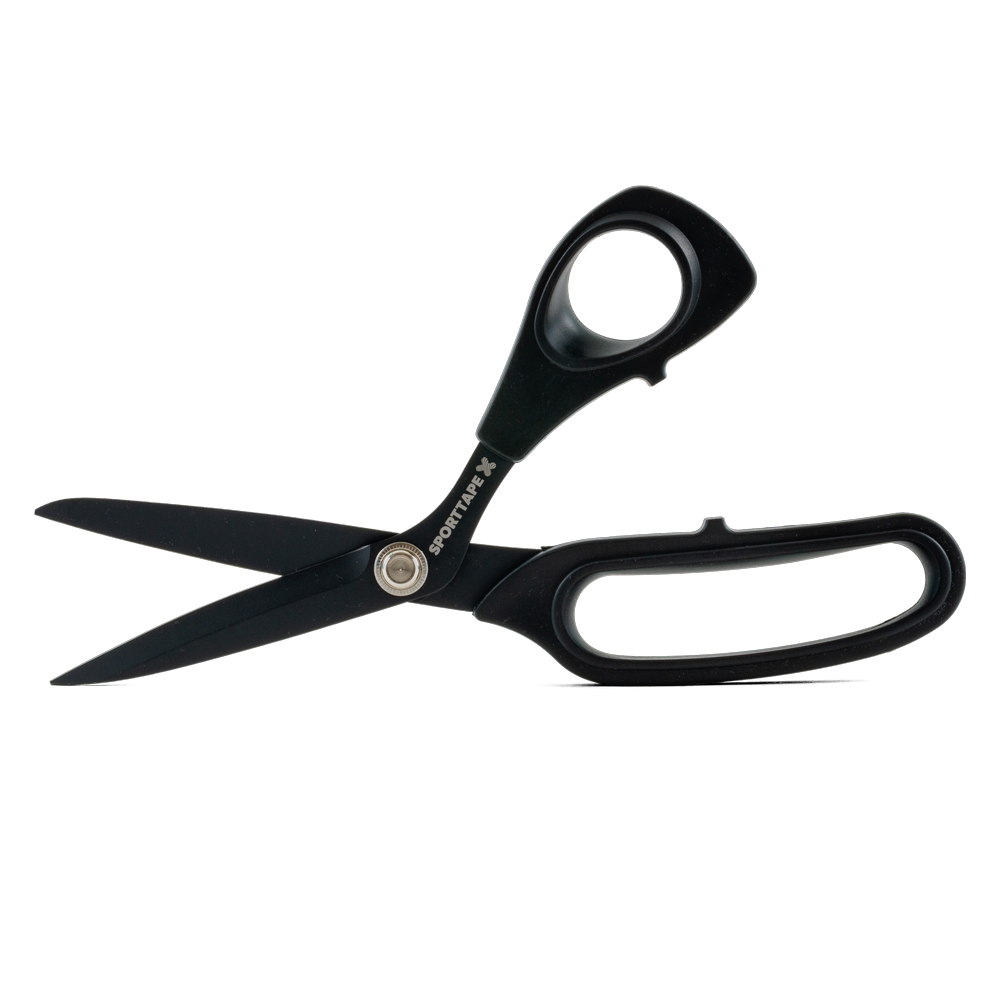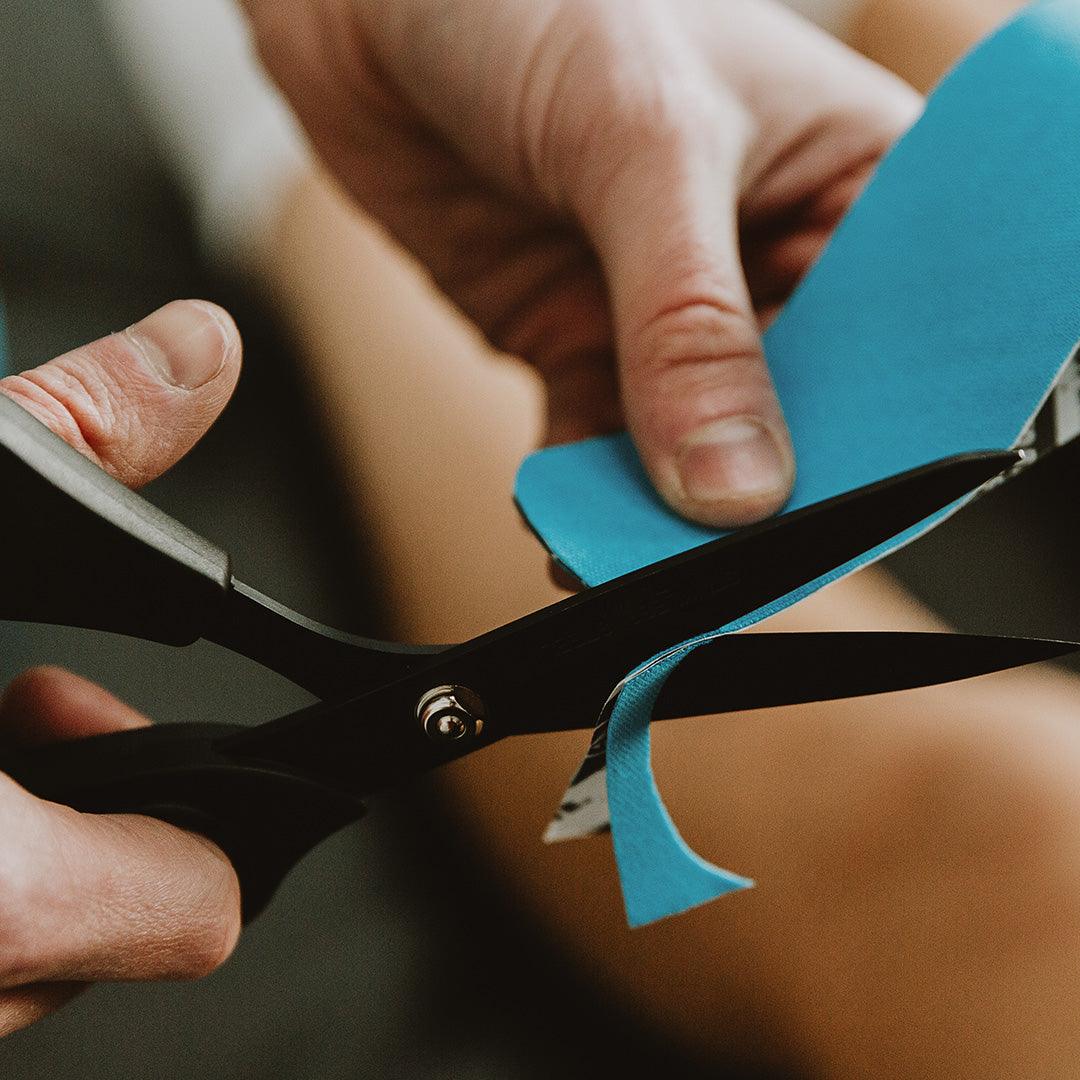Blisters are the bane of the hiker’s existence. When you’re on your feet for 8+ hours through rocky terrain and muddy waters, your feet can take a battering and blisters are, unfortunately, pretty common.
They can occur for a number of different reasons. They're usually caused by poor-fitting shoes/boots. They can develop if the skin is rubbed for long periods or if there's any sort of intense rubbing over shorter periods. Friction blisters often occur on the feet and hands. These can rub against shoes and handheld equipment like sports equipment.
Follow this guide for some easy Zinc Oxide Tape blister prevention techniques that will save your feet next time you pull on those boots.
IS ZINC OXIDE TAPE GOOD FOR BLISTERS:
WHAT IS ZINC OXIDE TAPE?
Let's just make sure that we're all on the same page here. For context, Zinc Oxide Tape is the only choice if you need to immobilise an area. It's a non-stretch tape that provides unrivalled support.
You're going to want to choose the Tan/Brown version for its highest tensile strength. Because of that tensile strength, the most common use of a Zinc Oxide Tape is to support joints such as the ankle, knee and shoulder. You won’t usually see it on show though – it’s usually hidden by a sock or jersey.
How can it be used to prevent blisters?
IS ZINC OXIDE TAPE GOOD FOR BLISTERS?
If you're always developing blisters on your runs or hikes, then Zinc Oxide Tape could be the answer that you're looking for. Don’t settle for uncomfortable. They can be prevented.
Zinc Oxide Tape can be used to help prevent blisters, especially around the feet and the ankles. It works by preventing your shoe or sock from rubbing directly against the skin. It's incredibly sticky, but also lightweight and breathable. This means that moisture passes through the tape and prevents blisters from forming due to excess moisture around the foot.
Try these following Zinc Oxide blister prevention techniques to prevent them from developing.
THE BEST BLISTER TAPING TECHNIQUES:
1. TAPE DIRECTLY ON TO THE SKIN
Rip a few small strips of Zinc Oxide Tape, preferably SPORTTAPE Zinc Oxide Tan. Then stick them directly onto your skin where your blisters normally form. You want to cover as much skin as needed to prevent friction. Because Zinc Oxide Tape is non-elastic, using too much tape will restrict movement, so only use short strips.
Cover your Zinc Oxide application with a short strip of Kinesiology Tape. It's is water-resistant, and uses a stronger glue than even the stickiest Zinc Oxide Tapes. Give it 30 minutes or so to set, and you’re good to go!
2. TAPE YOUR INSOLE
Insoles in running shoes and walking boots don’t have particularly soft edges, especially on the inside arch. Insoles are the most common cause of blisters. They can cause real irritation when wearing them for long stretches of time. Especially when your feet are sweating, or getting soaked from wading through streams!
Use some SPORTTAPE Kinesiology Tape or Zinc Oxide Tape to help prevent blisters, caused by insole friction. Fold one strip of tape carefully around the inside edge of your insole. This creates a softer and more forgiving surface that your feet will thank you for.
If you want an even deeper guide on exactly how the tapes we've discussed can help you, check out our additional guide right here!
Blister tapes won’t solve the problem, but they may help in preventing the development of them. If you'd like any more information or just have a question for, get in touch. We'd love to help!


